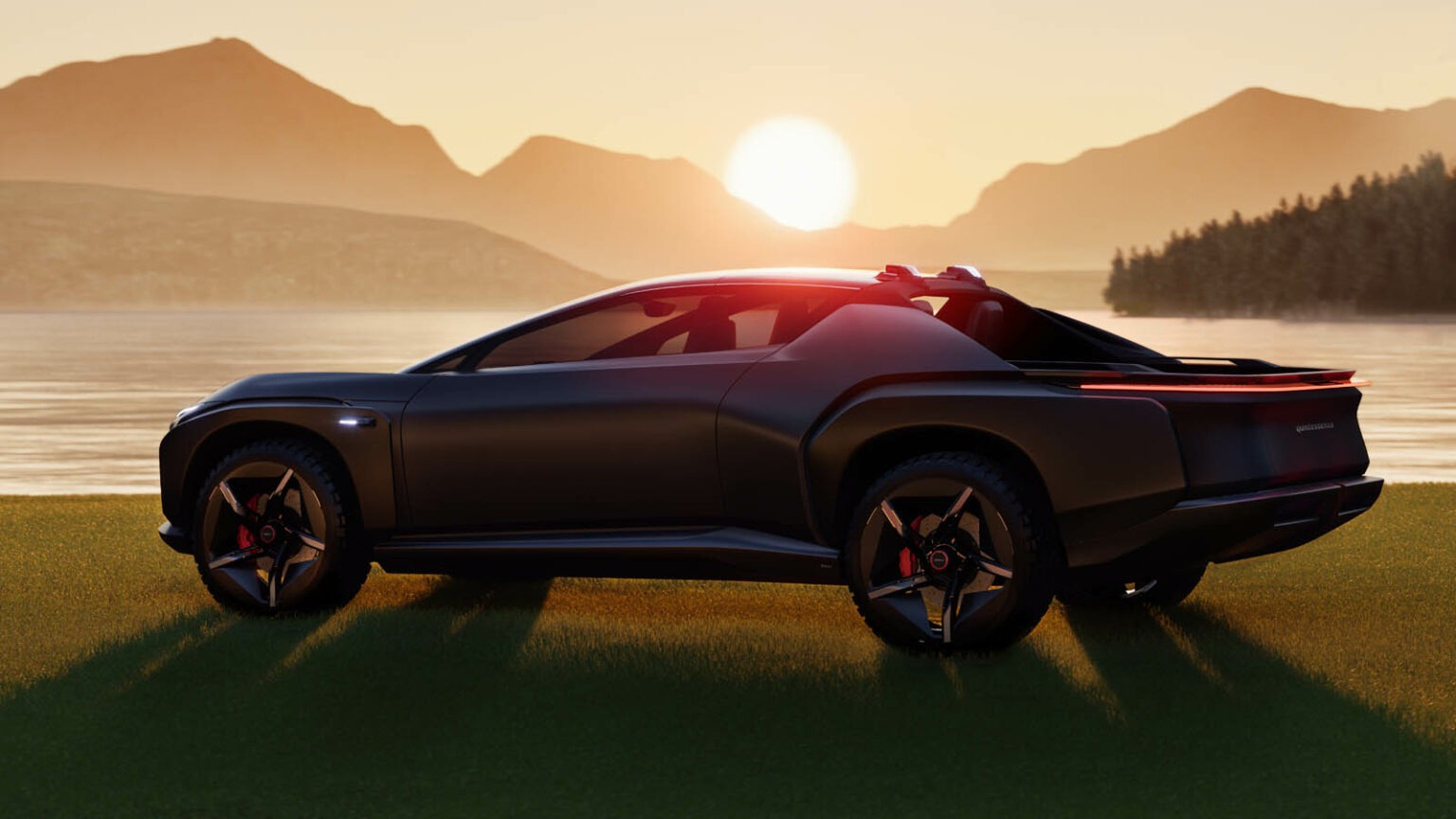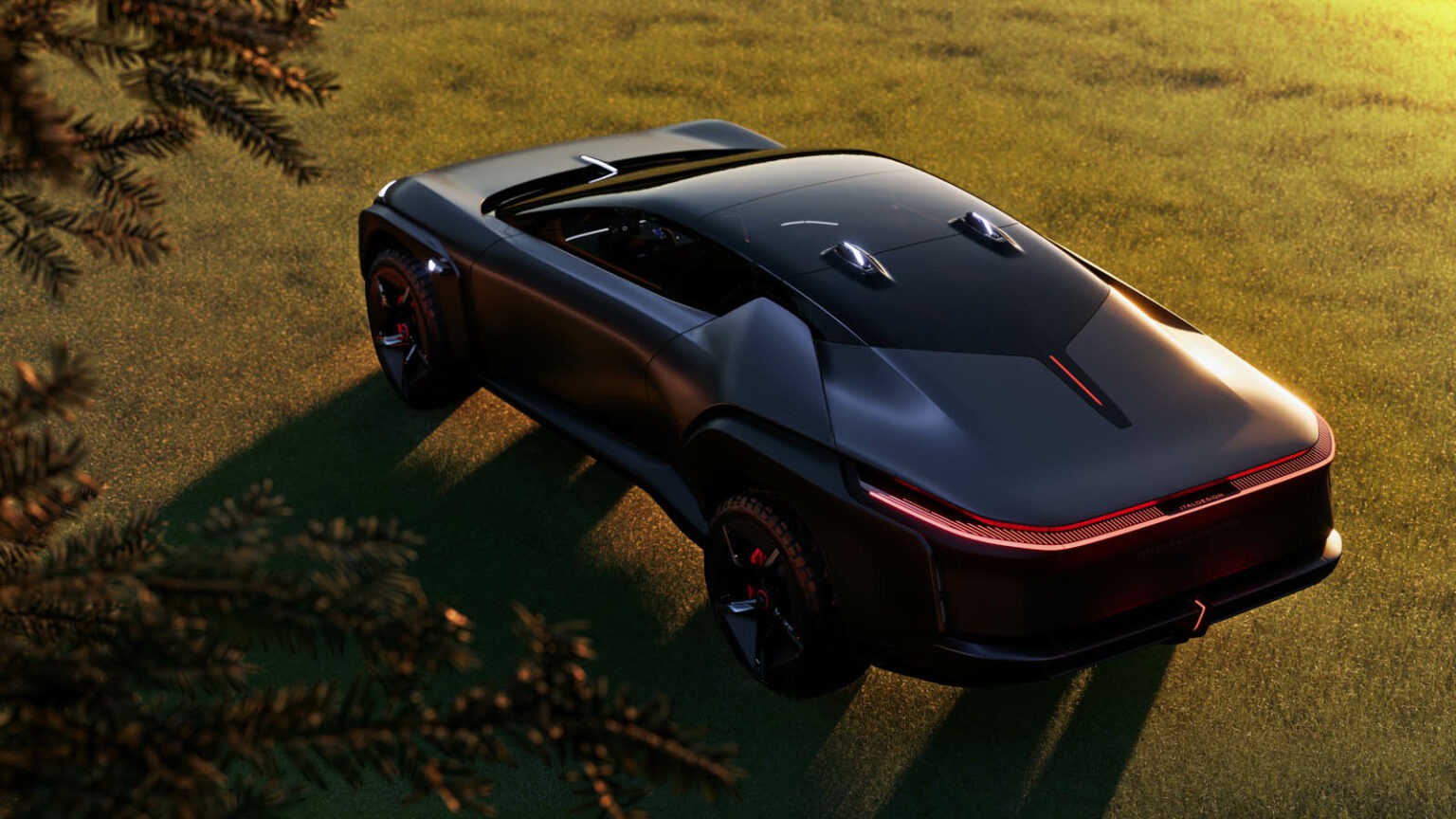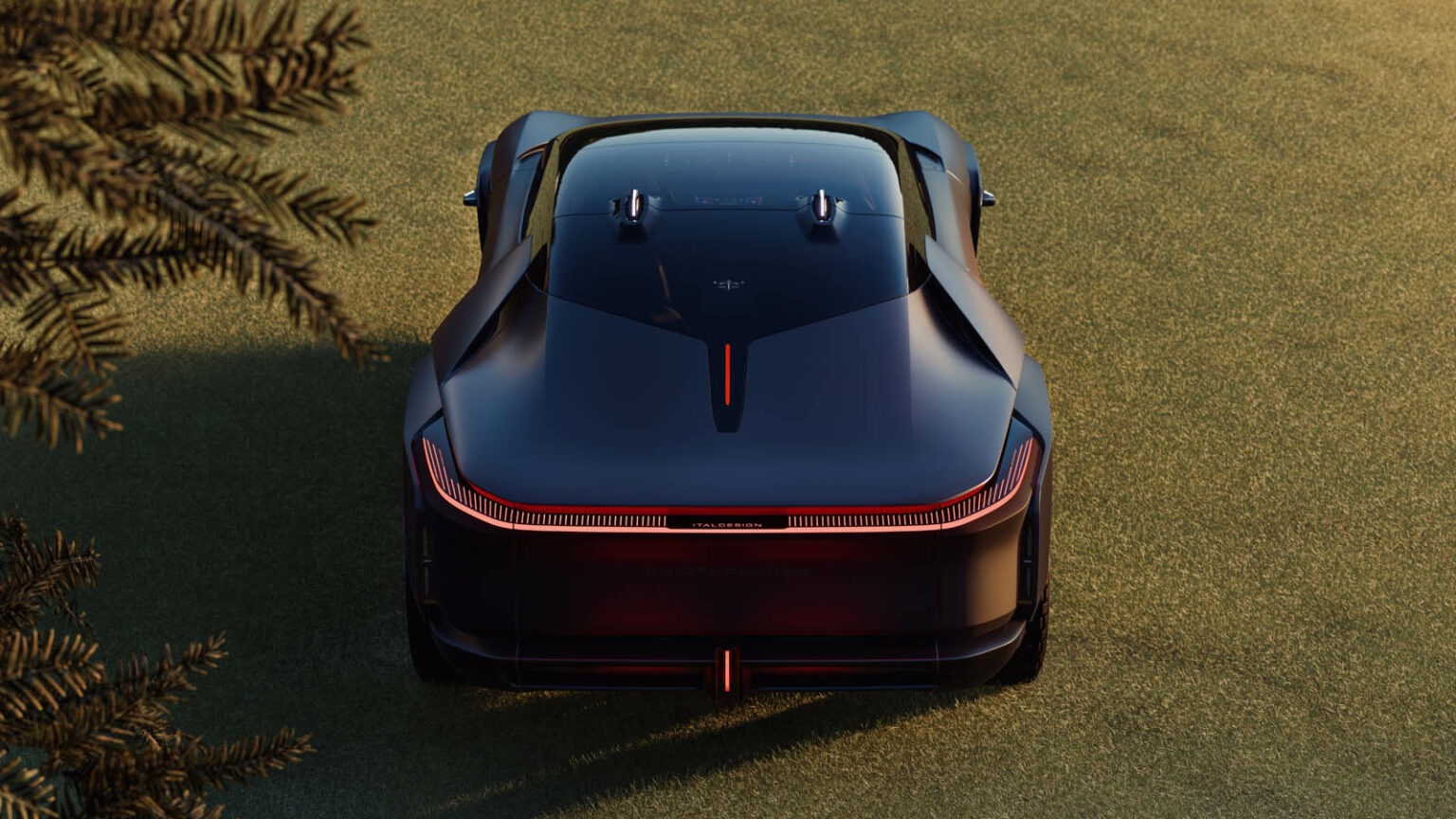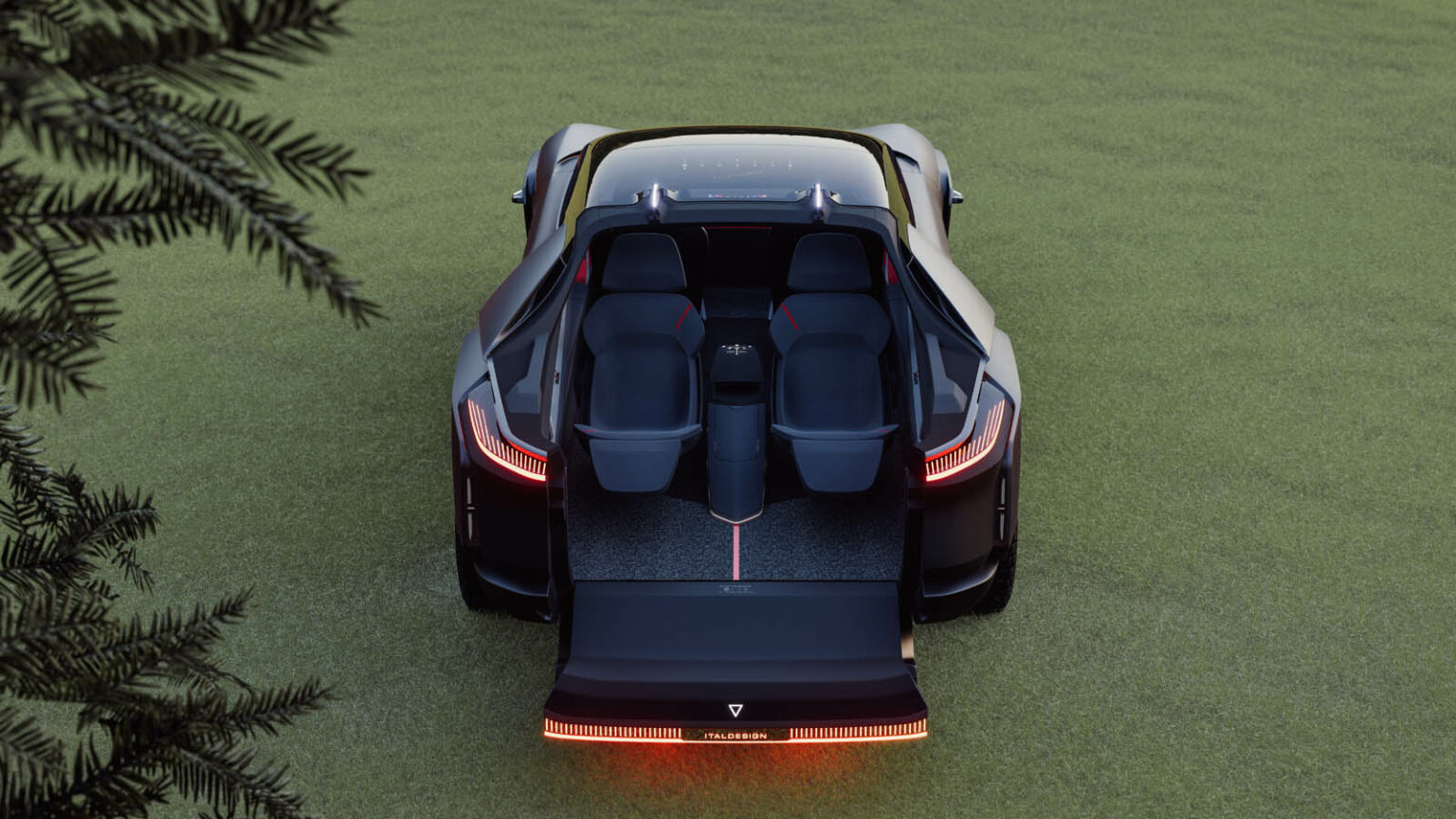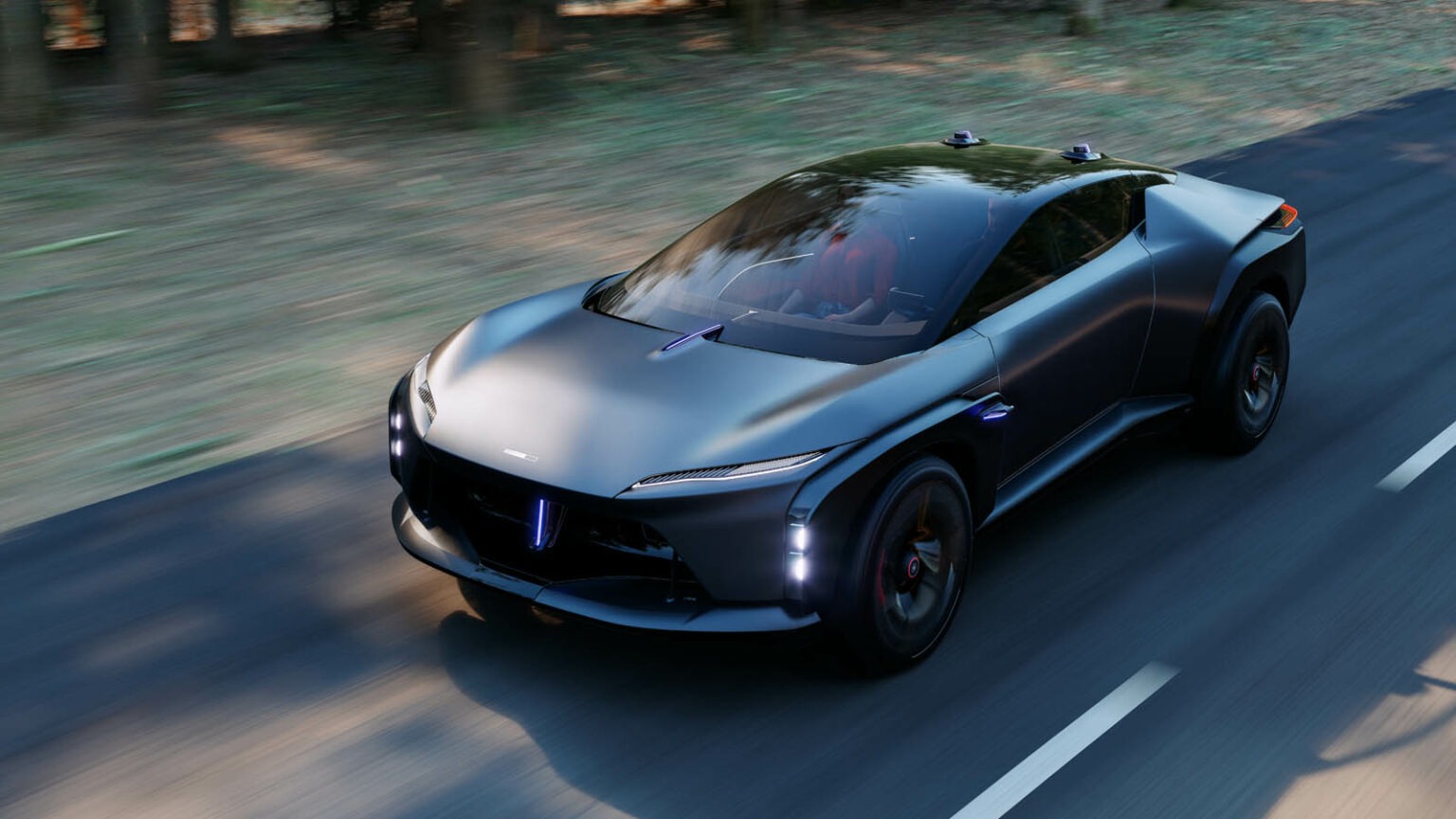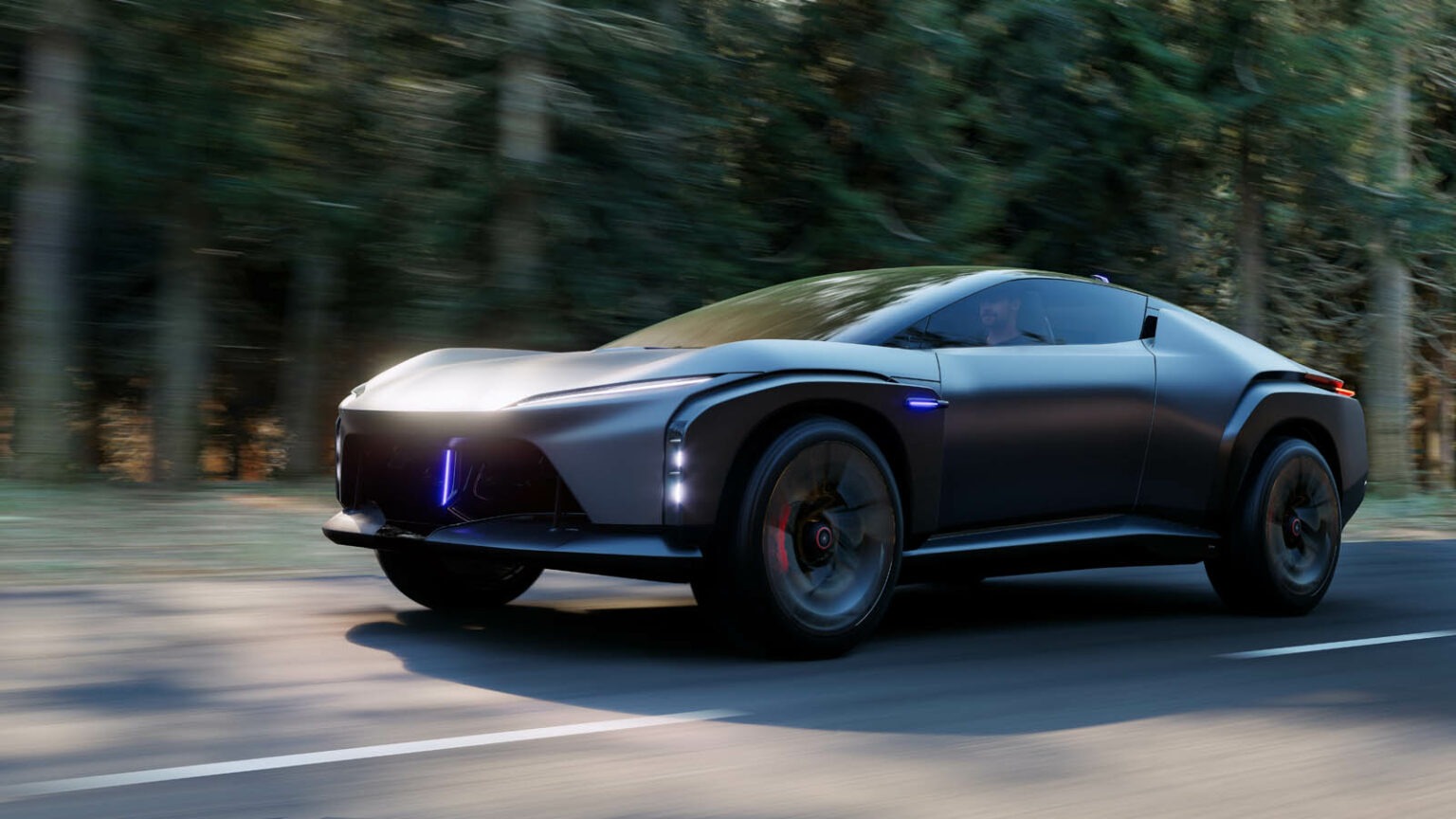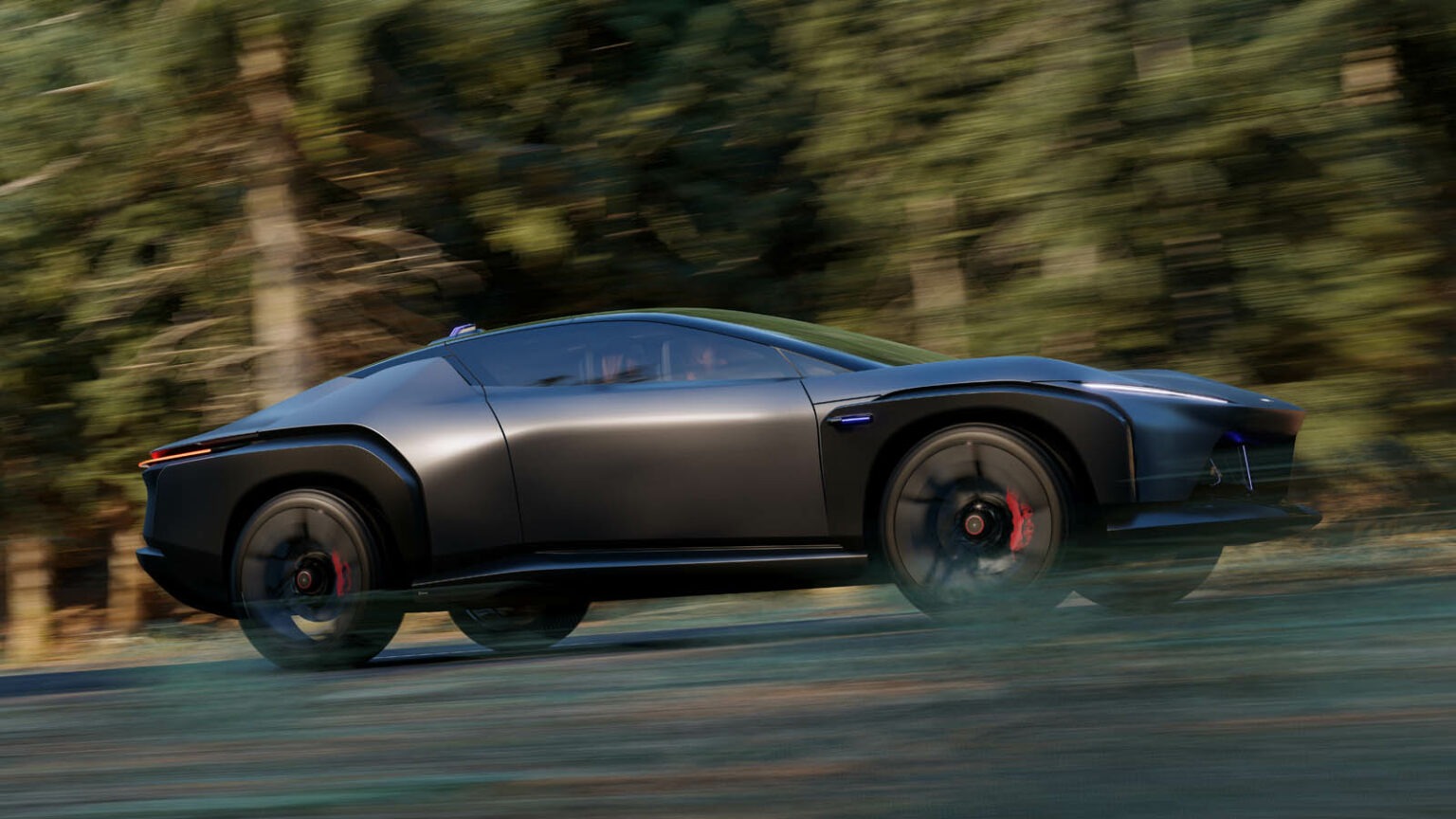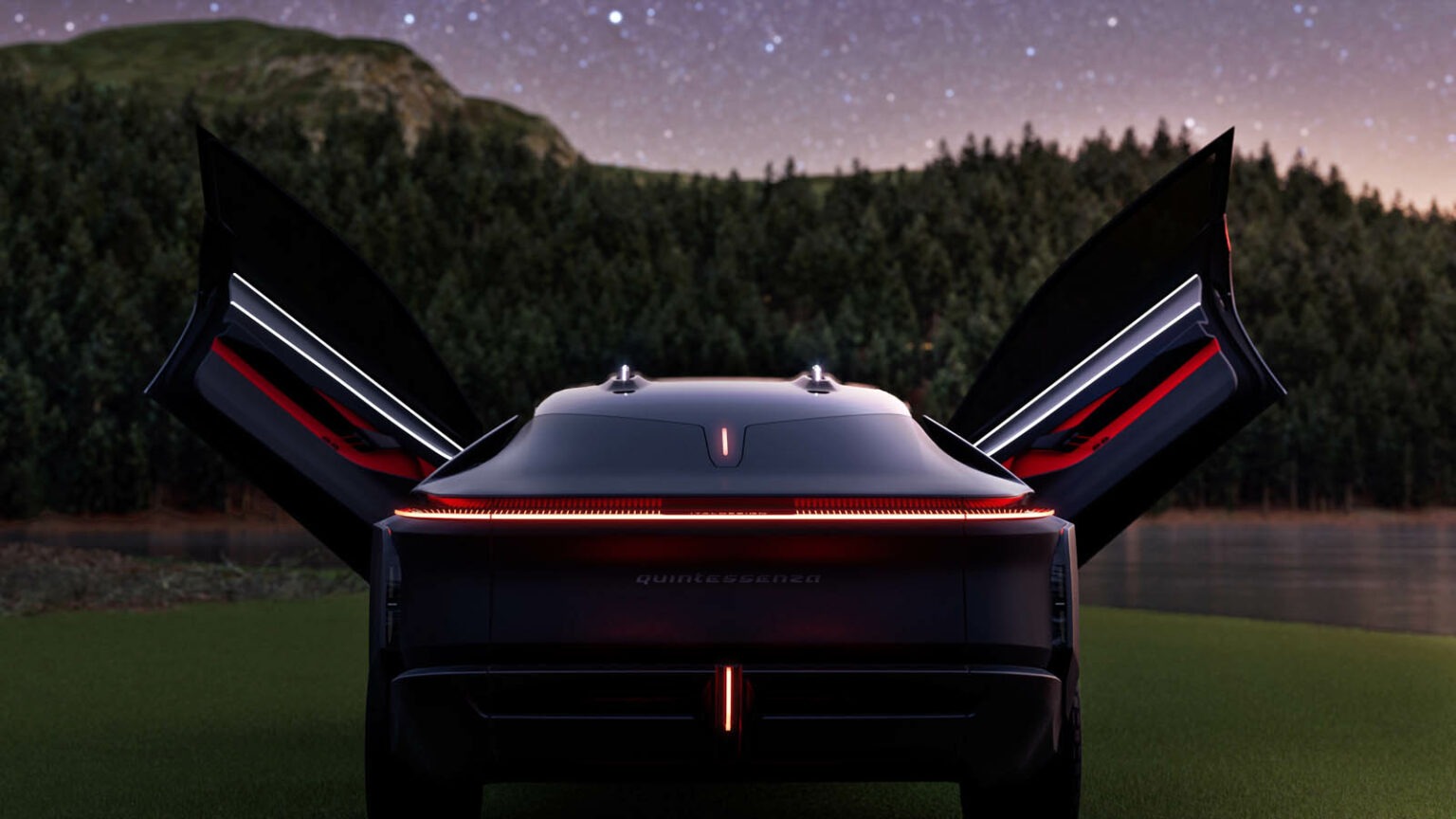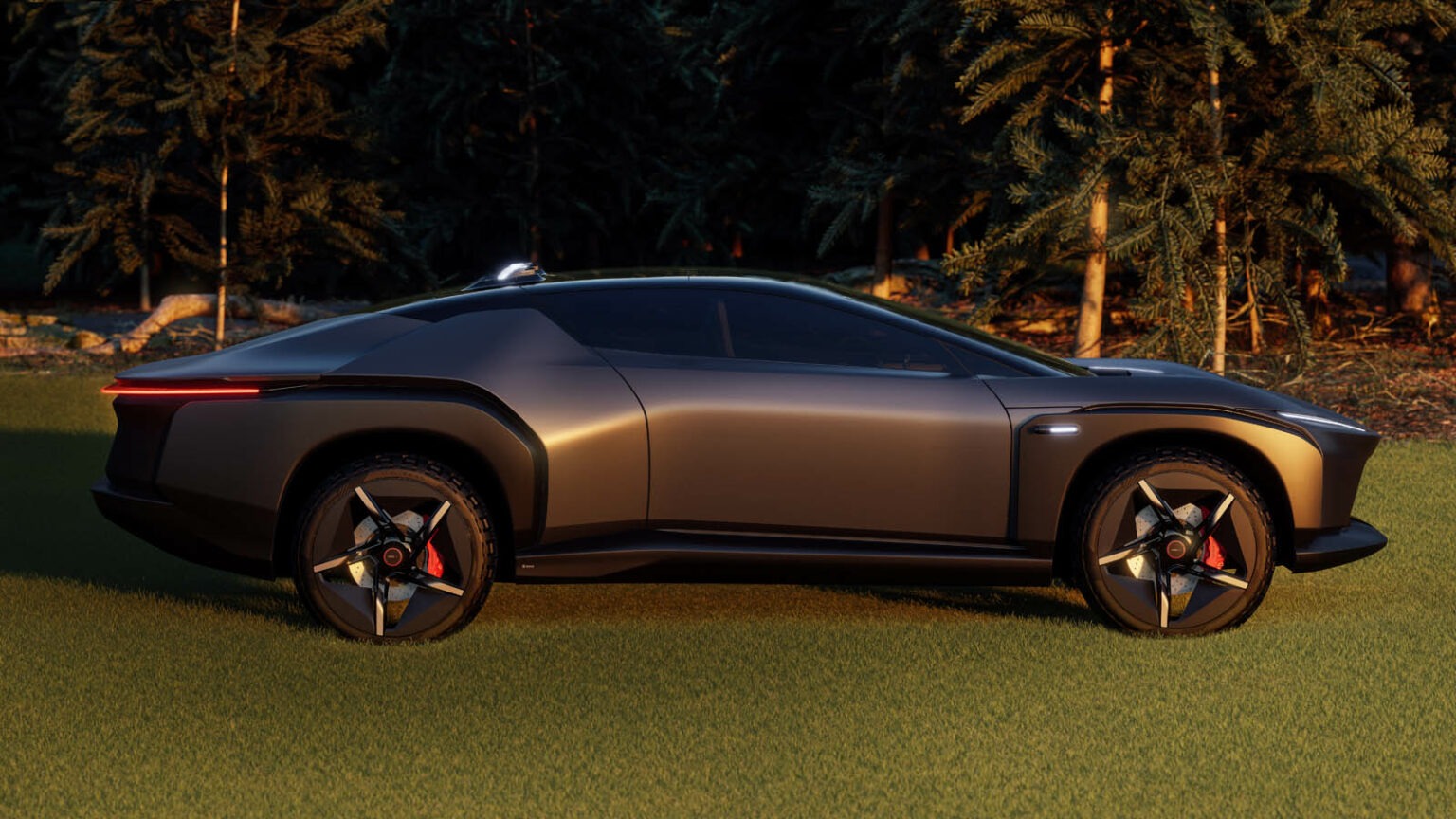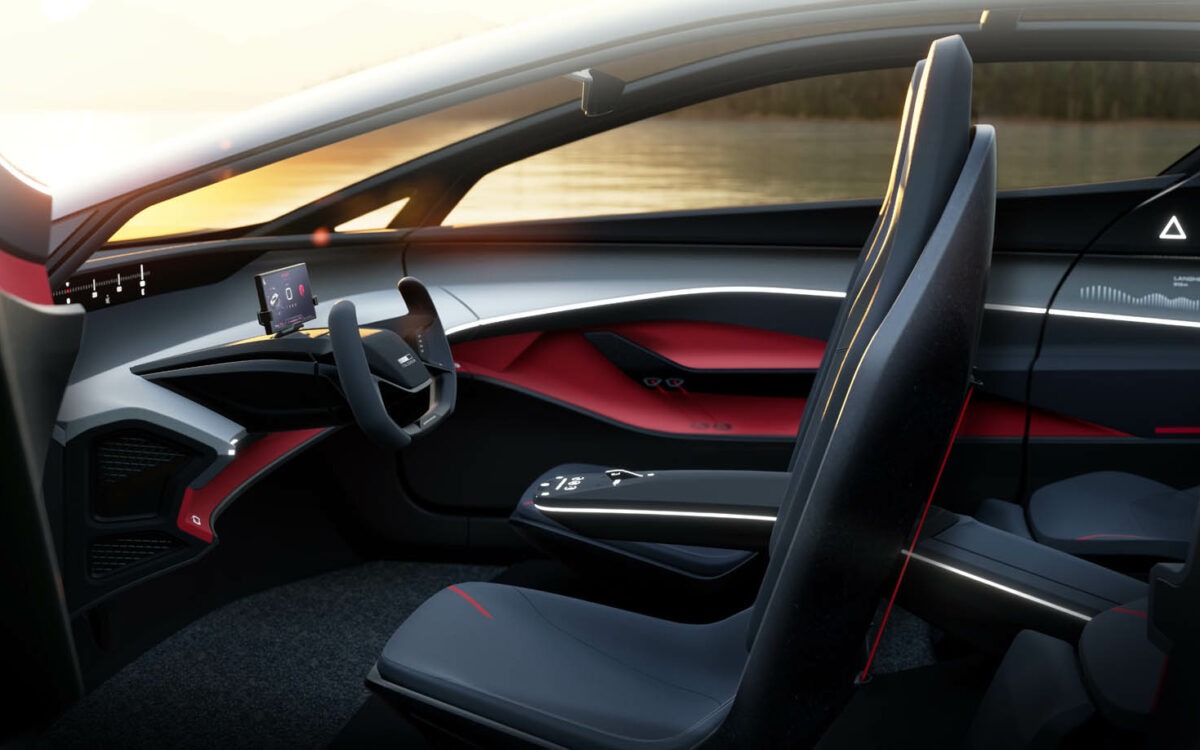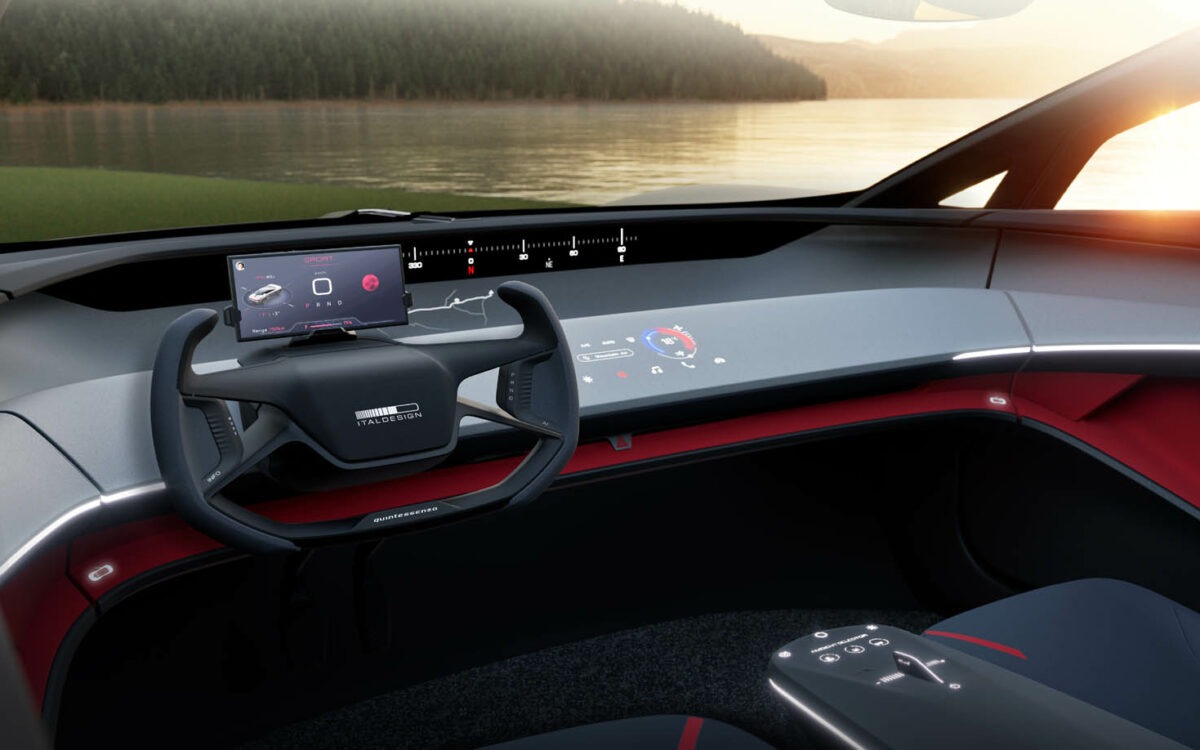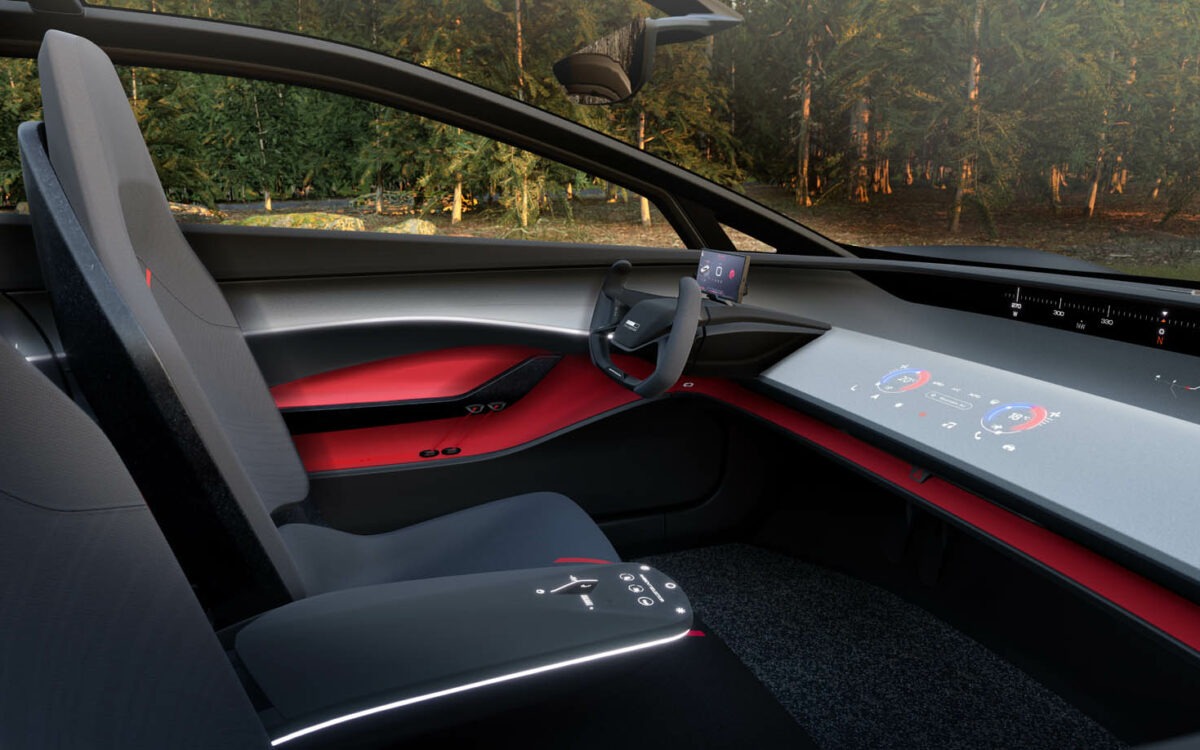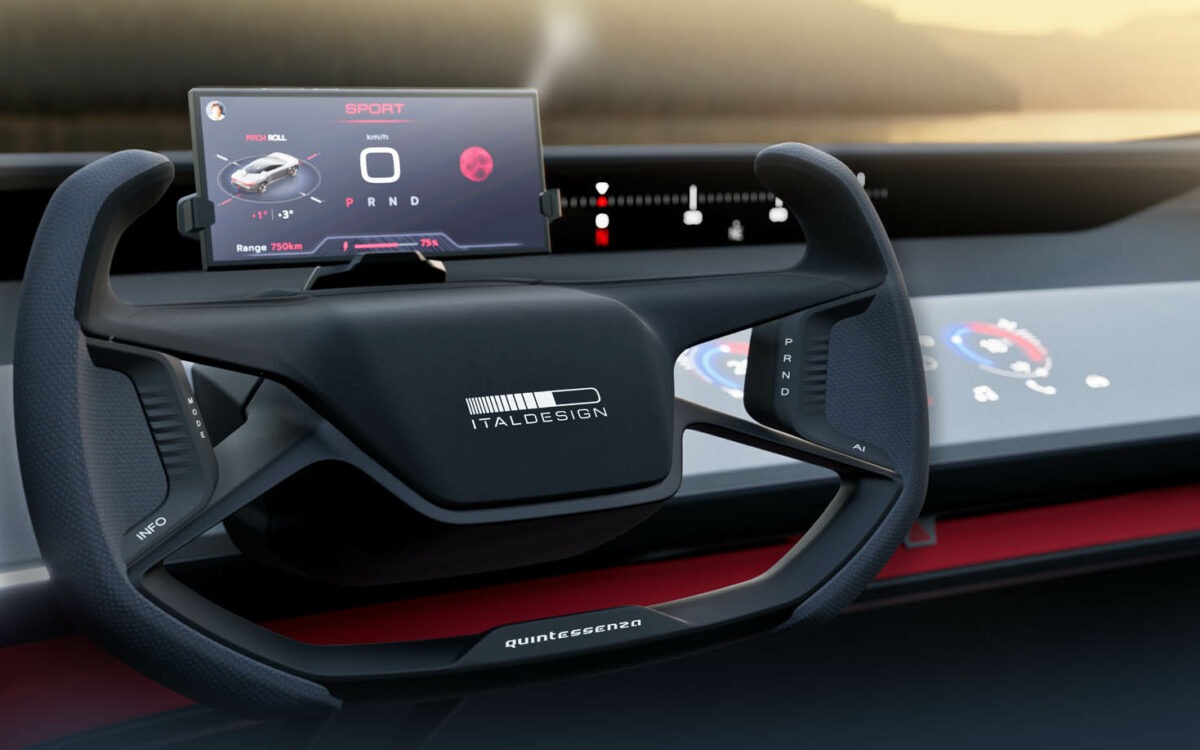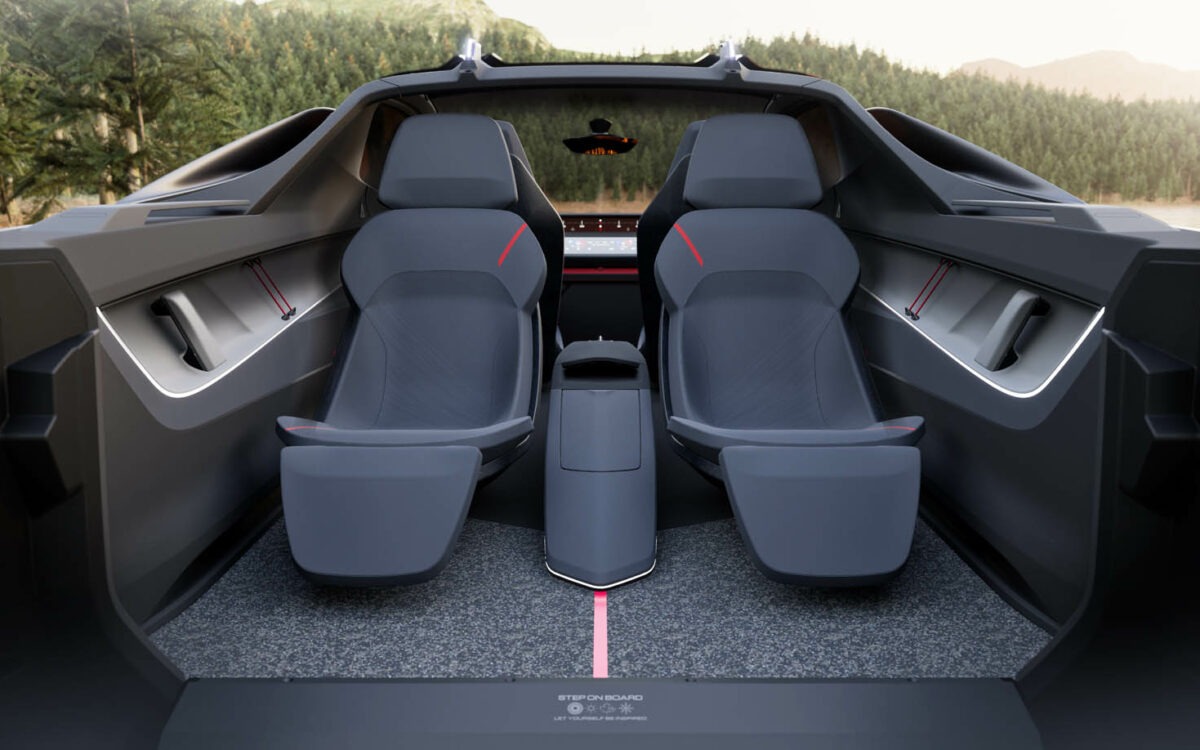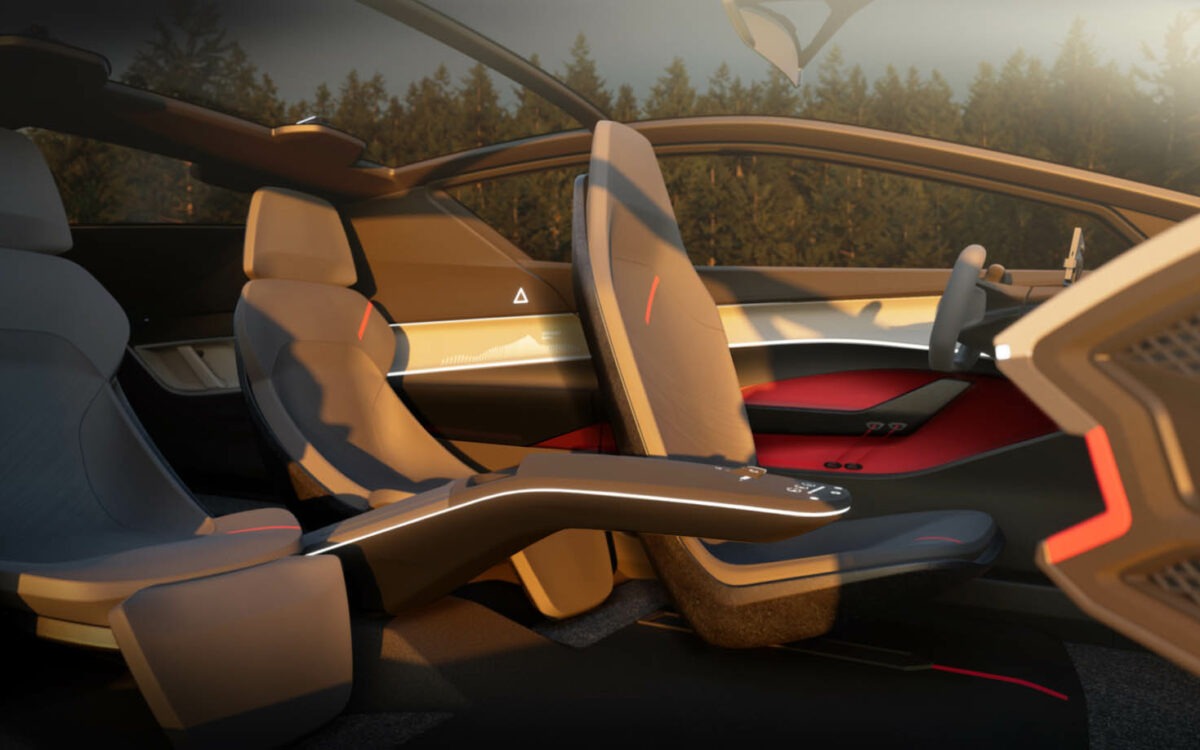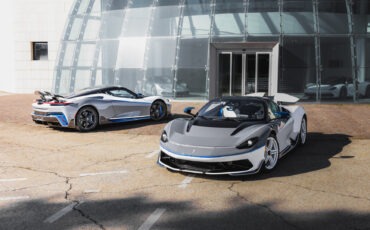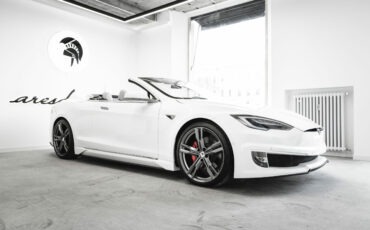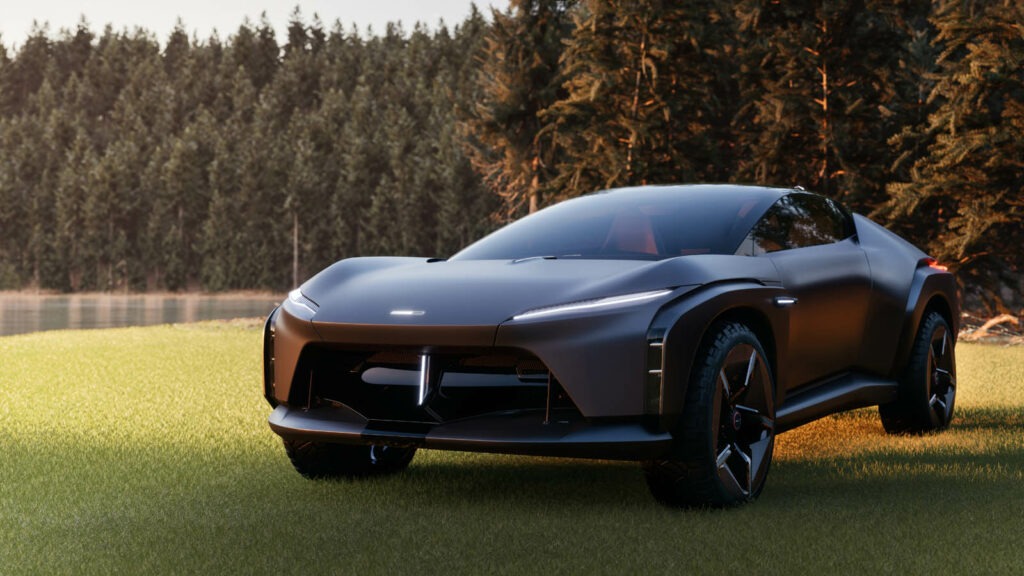
At the prestigious Auto China 2024 event in Beijing, car enthusiasts and industry insiders alike were treated to a groundbreaking revelation: the world premiere of Italdesign’s Quintessenza. Representing a fusion of human ingenuity and natural inspiration, the Quintessenza embodies a harmonious relationship between humans and the elements, offering a fresh perspective on automotive design and functionality.
Rooted in a human-centric approach, the Quintessenza project places individuals at the forefront, both as creators and users. From design conception to construction, humans drive every aspect of the Quintessenza’s development. As users, they engage with the vehicle to connect with nature’s diverse elements, fostering a profound sense of connection and agency.
Drawing on over five decades of Italdesign’s heritage, the Quintessenza’s design philosophy integrates flexibility, freedom, sportiness, and duality. It encapsulates the Italian essence of design as a universal expression, seamlessly merging technology with human-machine interaction while incorporating natural elements to bridge the gap between occupants and the outside world.
Positioned to cater to adventurous individuals seeking urban functionality and a deeper connection with nature, the Quintessenza falls within the performance pick-up and sport activity vehicle category, offering versatility and excitement on and off the road.
Exterior-wise, the Quintessenza boasts a dual nature, blending the dynamic prowess of a GT with the versatile adaptability of a pick-up truck. Its design intricately balances sporty aesthetics with practical functionality, featuring muscular yet fluid lines that emphasize its dual-purpose capabilities. The vehicle’s front exudes a sporty GT vibe, while the rear emphasizes usability akin to pick-up trucks and off-road vehicles.
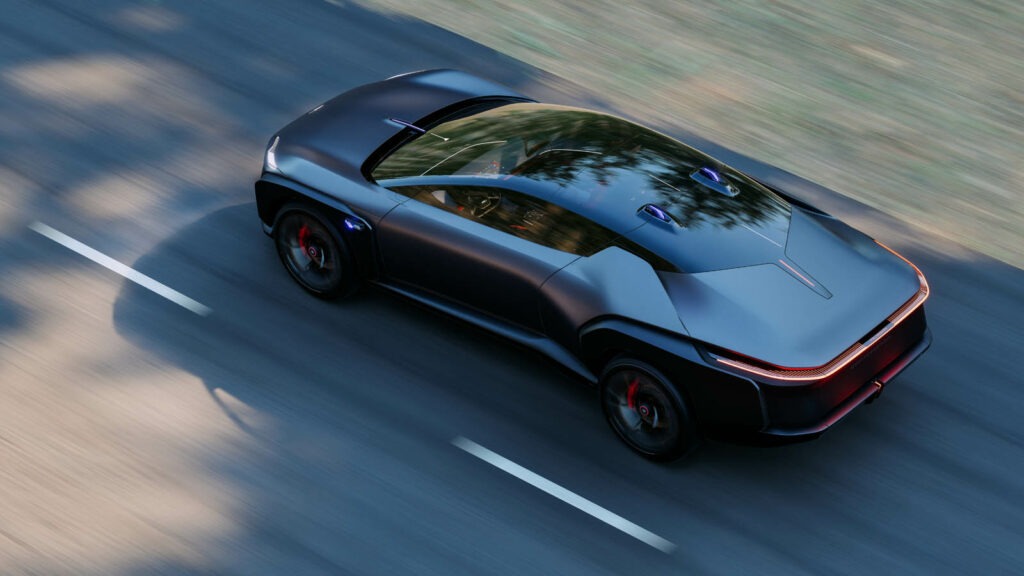
The exterior design showcases innovative aerodynamic features, including an active splitter system that adjusts based on driving conditions to optimize downforce and cooling. Moreover, the incorporation of natural fiber composite elements enhances both strength and aesthetics, underscoring Italdesign’s commitment to marrying form with function.
Internally, the Quintessenza continues its human-centric approach, boasting a minimalist yet functional interior design. A floating central dashboard, adorned with marble-based fabric, seamlessly integrates air conditioning and human-machine interface controls, offering a futuristic yet intuitive user experience. Advanced haptic technology embedded in upholstery further enhances usability, integrating vehicle controls into the console for effortless access.
The Quintessenza’s user experience extends beyond conventional boundaries, with nearly all onboard features customizable via smartphones. Through a dedicated app, drivers can personalize their driving experience, from interior lighting to audio preferences, further enhancing the vehicle’s allure as a personalized extension of the individual.
In line with the “never lost” concept, the Quintessenza’s UX-UI interface ensures occupants remain seamlessly connected with their surroundings. Through dynamic projections, passengers are continuously informed about the vehicle’s location and destination, fostering a sense of security and adventure.
The Quintessenza’s debut at Auto China 2024 heralds a new era of automotive innovation, where human creativity converges with natural inspiration to redefine the driving experience. As Italdesign continues to push the boundaries of design and functionality, the Quintessenza stands as a testament to the enduring bond between humans, nature, and automotive excellence.

